How To Clean Piercing Jewelry: Complete Guide For Pristine Care
Step up your jewelry care game and say goodbye to germs!
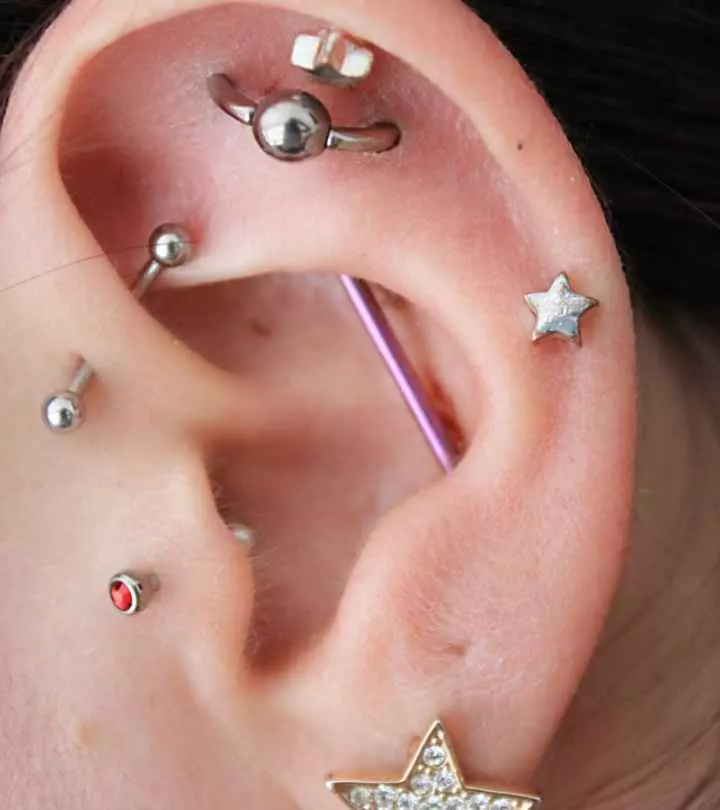
Image: Shutterstock
Maintaining the cleanliness of one’s piercing jewelry is a crucial aspect of aftercare. Knowing how to clean piercing jewelry properly helps you ensure the safety and hygiene of your piercing. Proper cleaning solutions and techniques play a vital role in preventing infections, promoting healing, and ensuring the jewelry lasts you a long time. This is essential whether it is a new piercing jewelry or a previously used one.

In this guide, we will explore effective cleaning solutions and techniques to keep your piercing jewelry pristine. Without further ado, let us see how to keep a piercing looking stylish as well as healthy. Scroll down.
In This Article
Why Is It Important To Clean Piercing Jewelry?
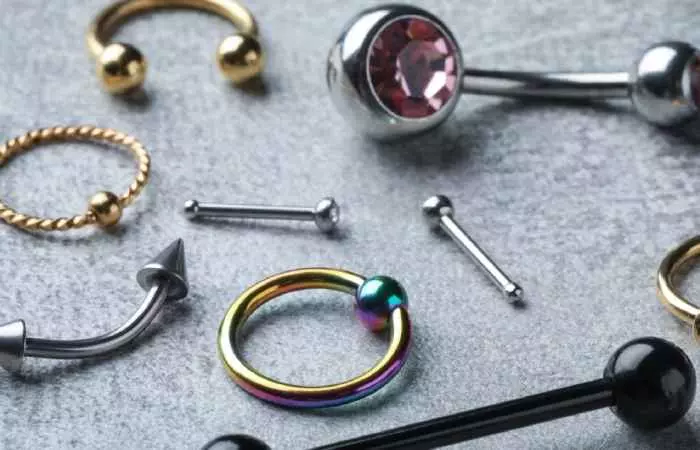
Regularly cleaning piercing jewelry is crucial to prevent infections and promote healing. Accumulated dirt, bacteria, and debris can lead to complications, including inflammation and irritation. Cleaning helps maintain good hygiene, reduces the risk of infection, and ensures the longevity of the piercing. Proper care also minimizes the chances of allergic reactions and promotes the overall well-being of the pierced area.
There are different types of piercing jewelry and not all must be cleaned the same way. To learn what they are and how to clean them, check out the next section.
Key Takeaways
- Cleaning piercing jewelry is crucial to prevent infections and promote proper healing.
- The process of sterilization may differ for different kinds of jewelry. Stainless steel and titanium can be sterilized in warm water, whereas it is best to use an autoclave for jewelry made of bioplastic.
- Clean piercing jewelry every 2-3 weeks during healing. Prioritize hygiene by washing hands, using a clean workspace, and disposable tools.
- Opt for a saline solution or mild soap instead of harsh cleaning agents such as alcohol and hydrogen peroxide.
Understanding Types Of Piercing Jewelry & Cleaning Methods
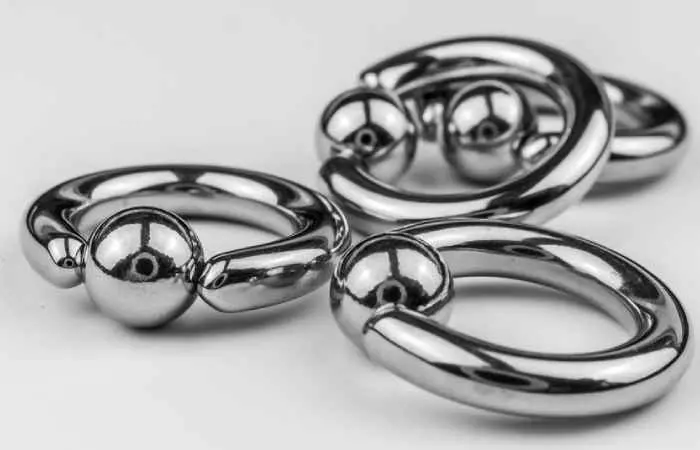
Different types of cleaning methods are required to maintain different types of piercing jewelry. Here are the suggested ways to clean some of the most common piercing jewelry materials.
1. Surgical Stainless Steel, Titanium, And Niobium
- Begin by sterilizing the jewelry. You can do this by soaking the jewelry in rubbing alcohol or a sterilizing solution specifically designed for jewelry for a few minutes.
- Clean the jewelry with mild, unscented antibacterial soap and warm water.
- Use a clean, soft cloth or soft brush to remove dirt or residue.
- Thoroughly rinse the jewelry and pat dry with a paper towel. Place your piercing jewelry in the cleaning solution and let it soak for a few minutes to loosen any debris.
2. Gold Jewelry
- Use a sterilizing solution suitable for jewelry, such as isopropyl alcohol or hydrogen peroxide.
- Dip the jewelry in the solution and allow it to sit for a few minutes to ensure thorough sterilization.
- Use a soft cleaning cloth and a mix of mild antibacterial soap and hot water to clean the gold jewelry. Avoid using harsh chemicals and hard brushes to maintain its luster.
- Rinse with clean water and pat dry with a soft cloth.
3. Acrylic And Bioplast Jewelry
- Avoid harsh chemicals or alcohol-based solutions to preserve the integrity and longevity of the jewelry.
- Use an autoclave. Place the jewelry in a sterilization pouch or container designed for autoclaving. Follow the manufacturer’s instructions to choose the right autoclave settings and duration. Autoclaving ensures thorough sterilization without causing damage to acrylic and bioplast materials.
- Gently wipe with a soft cloth to dry.
 Quick Tip
Quick TipEnsuring proper hygiene for your piercing jewelry is essential for a successful and infection-free experience! But there is a right time for everything. Learn when to clean your jewelry in the next section.
Preparing To Clean Your Piercing Jewelry
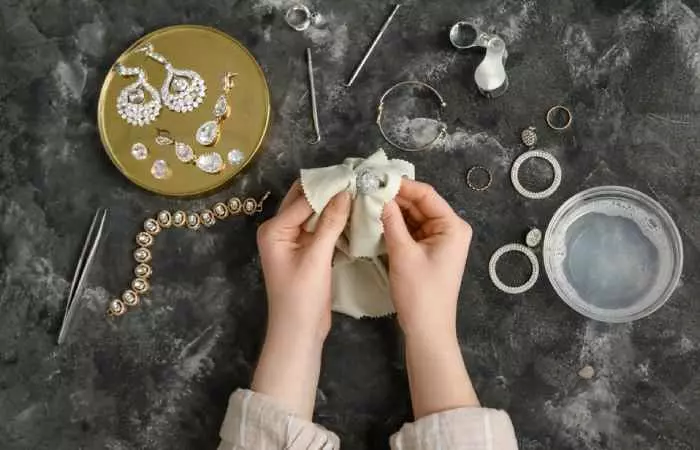
Just as it is important to clean your jewelry, it is important to know when to do it. Here is a guide to help you out along with some safety tips.
When To Clean
To keep your piercing safe and your jewelry sparkling, start with a thorough wash before its first use. Embrace a cleaning routine every 2-3 weeks during the healing phase, preserving both jewelry quality and the integrity of your piercing. Even after your piercing heals, do not forget to clean your jewelry post-removal each time. Remember, consistent care prevents dullness!
Safety Tips
- Thoroughly wash your hands with soap and water before handling your piercing or jewelry to prevent introducing bacteria, especially when the piercing is recent.
- Choose a well-lit, clean area for cleaning your jewelry.
- Use a fresh, clean towel or disposable paper towels to create a hygienic board on which to clean and polish them.
- Use non-abrasive, disposable items such as cotton swabs or sterile gauze pads for cleaning your jewelry.
- Ensure your cleaning tools are stored in a clean and dry environment.
Cleaning your piercing jewelry is crucial to prevent infections and promote proper healing. The method may vary depending on whether the jewelry is removable or non-removable. The section provides a step-by-step cleaning guide for each type.
How To Clean Piercing Jewelry: A Step-by-Step Cleaning Guide
There are certain differences between how to clean removable and non-removable jewelry. Follow these steps to learn how to clean both effectively.
For Non-Removable Piercing Jewelry
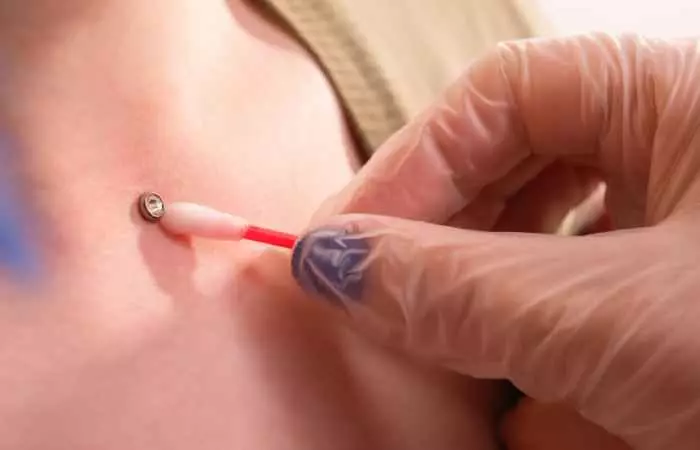
Non-removable jewelry is typically used in initial piercings wherein removing the jewelry could be challenging or cause irritation. In that case, one can follow these steps to clean the jewelry:
- Wash Your Hands
Before touching your piercing, always wash your hands with antibacterial soap to avoid introducing bacteria.
- Use A Saline Solution
- Mix a saline solution by dissolving 1/4 teaspoon of non-iodized sea salt in 8 ounces (240 ml) of warm distilled water.
- Soak a clean cotton ball or gauze in the saline solution.
- Gently press the cotton ball against the jewelry to clean it.
- Pat Dry
After cleaning, pat the area dry with a disposable paper towel. Avoid using cloth towels as they are more likely to harbor bacteria.
- No Ointments Or Creams
Avoid ointments, creams, or hydrogen peroxide as they disrupt the skin’s microbiome, block the airflow and may potentially cause irritation and delay the healing process.
For Removable Piercing Jewelry
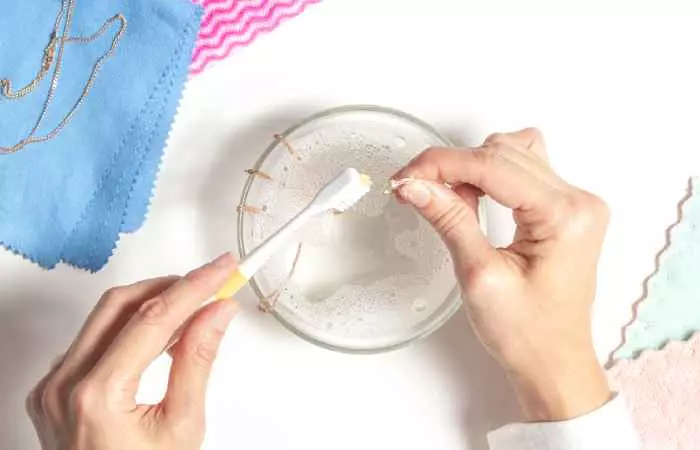
Removable jewelry is easier to clean since it can be taken out. Follow these steps:
- Wash Your Hands
Start by thoroughly washing your hands with antibacterial soap.
- Remove The Jewelry
Carefully remove the piercing jewelry. If it is a new piercing, make sure you have passed the initial healing period recommended by your piercer before removing it. Otherwise, it can close.
- Clean The Jewelry
Soak the jewelry in a saline solution or warm, soapy water. Use a soft toothbrush to gently scrub away any accumulated debris.
- Reinsert The Jewelry
Carefully reinsert the jewelry. Be gentle so as to avoid causing trauma to the hole, especially if it is a relatively fresh piercing.
- Pat Dry
Pat the area dry with a clean, disposable paper towel.
- No Ointments Or Creams
Avoid ointments, creams, or hydrogen peroxide as they disrupt the skin’s microbiome, potentially causing irritation and delaying healing for piercing jewelry.
 Quick Tip
Quick TipChoosing the right cleaning agents for piercing jewelry is crucial. The next section provides some guidelines on what to use and what to avoid!
Choosing The Right Cleaning Agents
Choosing the right cleaning agents for piercing jewelry is crucial to maintaining both the aesthetic appeal and hygiene of your piercings. Proper cleaning helps prevent infections and promotes the longevity of your jewelry. Here is a guide to help you select the appropriate cleaning agents for your piercing jewelry (1):
Safe Cleaning Solutions
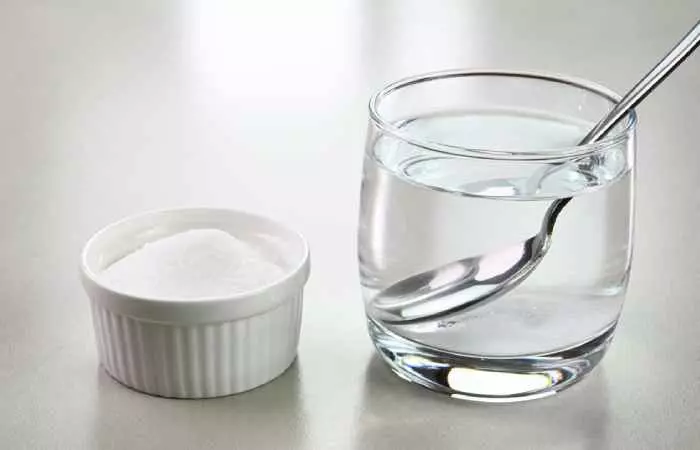
- Saline Solution
Saline solution is a gentle and effective option for cleaning piercing jewelry. It helps keep the piercing site clean without causing irritation.
- Mild Soap
Use a mild, fragrance-free soap to clean your piercing jewelry. Make sure to rinse thoroughly to remove any residue.
What To Avoid
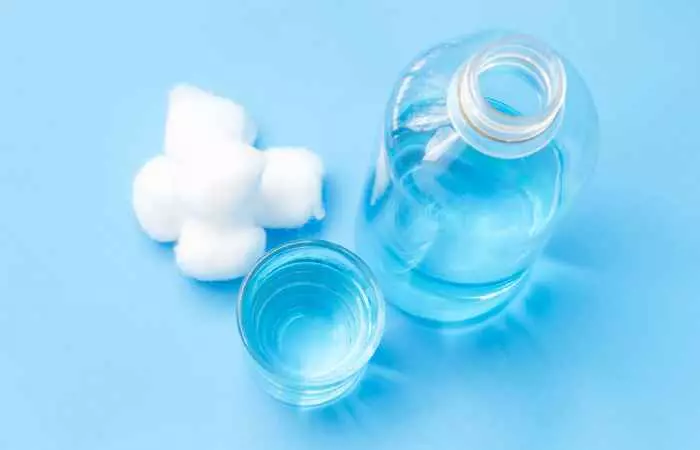
- Alcohol
Avoid using alcohol to clean piercing jewelry as it can be too harsh and may cause irritation.
- Hydrogen Peroxide
Hydrogen peroxide is too harsh a chemical to clean piercing jewelry. It can damage the jewelry and even affect the skin when the jewelry is reinserted.
Keeping your piercing jewelry clean is only one end of the bargain. The other is keeping the piercing itself clean. The next section provides a few points to that end.
How To Keep Piercings Clean And Prevent Infection

It is essential to clean piercings to avoid infection and encourage healthy recovery. These are some general pointers for keeping your piercings clean.
- Keep the initial jewelry in place until the piercing has fully healed. Removing it too early can cause the hole to close and increase the risk of infection.
- For oral piercings, avoid oral contact, such as kissing, for the first few weeks. Rinse your mouth with a saline solution or alcohol-free mouthwash after eating and drinking.
- Avoid submerging your piercing in swimming pools or hot tubs until it is fully healed to prevent exposure to potentially harmful bacteria.
- Be mindful of clothing, helmets, headphones, or other items that may come into contact with the piercing, and try to avoid trauma.
- Schedule follow-up appointments with your piercer to ensure proper healing and address any concerns.
- Pay attention to any signs of infection, such as increased redness, swelling, pus, or persistent pain. If you suspect an infection, consult with a healthcare professional.
Knowing the proper way to clean and care for your piercing jewelry is important to ensure a safe and complication-free experience. From stainless steel and gold jewelry to removable and non-removable adornments, each material and jewelry type demands special attention to ensure hygiene and reduce the risk of infection. Moreover, choosing safe cleaning solutions for different metals and materials is important for maintaining their aesthetics. In addition to cleaning piercing jewelry, proper piercing aftercare is also essential, as it minimizes the chances of allergic reactions and promotes the overall well-being of the pierced area.
Frequently Asked Questions
How frequently should I clean my piercing jewelry?
Clean your frequently worn pieces weekly. The delicate or rarely used items can be cleaned monthly or as needed to prevent tarnish. Cleaning your jewelry regularly helps maintain its shine and durability and prevents infection.
What is the best thing to clean piercing jewelry with?
It is best to clean piercing jewelry with a saline solution or mild, fragrance-free liquid soap and warm water.
Are ultrasonic cleaners safe for piercing jewelry?
Ultrasonic cleaners are generally not recommended for piercing jewelry as the vibrations may damage delicate components or loosen gemstones.
Can I wear my jewelry immediately after cleaning or should I wait?
It is advisable to wait for the piercing jewelry to dry completely before wearing it to prevent irritation. You pat the jewelry dry with a soft cloth after cleaning.
Is it safe to use antibacterial soap for cleaning my piercing jewelry?
Using a mild, fragrance-free liquid soap is generally safe for cleaning piercing jewelry, but avoid antibacterial soaps that contain harsh chemicals as they may irritate the piercing.
What impact does humidity or environmental factors have on jewelry cleanliness?
High humidity can contribute to moisture buildup, which may increase the risk of infection. It is important to keep the pierced area dry and clean to promote proper healing and prevent complications.
This video will guide you through a simple and effective process for cleaning your jewelry at home. Watch now to discover the secrets to sparkling body jewelry!
References
Articles on StyleCraze are backed by verified information from peer-reviewed and academic research papers, reputed organizations, research institutions, and medical associations to ensure accuracy and relevance. Read our editorial policy to learn more.
- Suggested Aftercare For Body Piercings
https://safepiercing.org/aftercare/
Read full bio of Ikramul Haque Shazib
Read full bio of Pahul Nanra
Read full bio of Subhrojyoti Mukherjee
Read full bio of Shreya Mukherjee





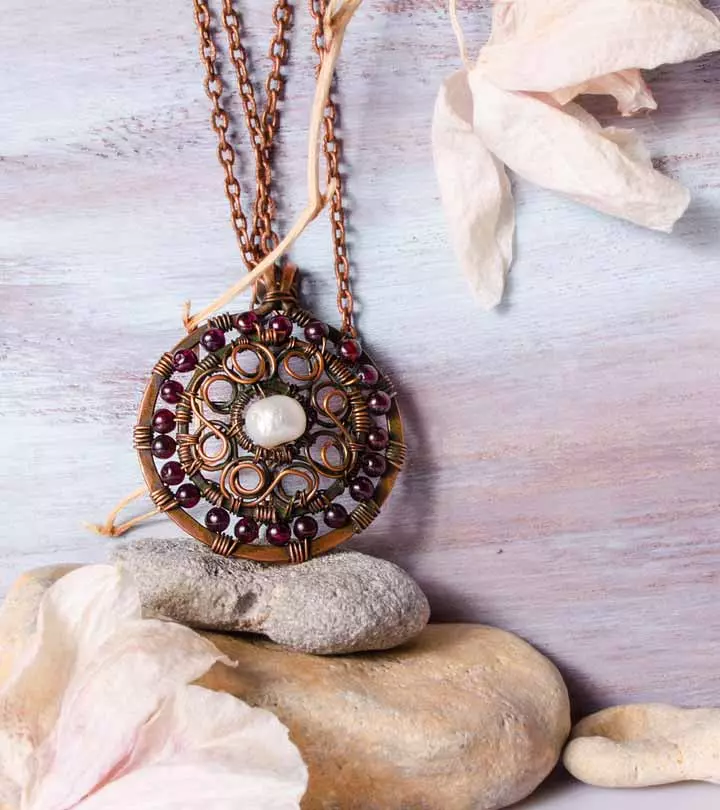
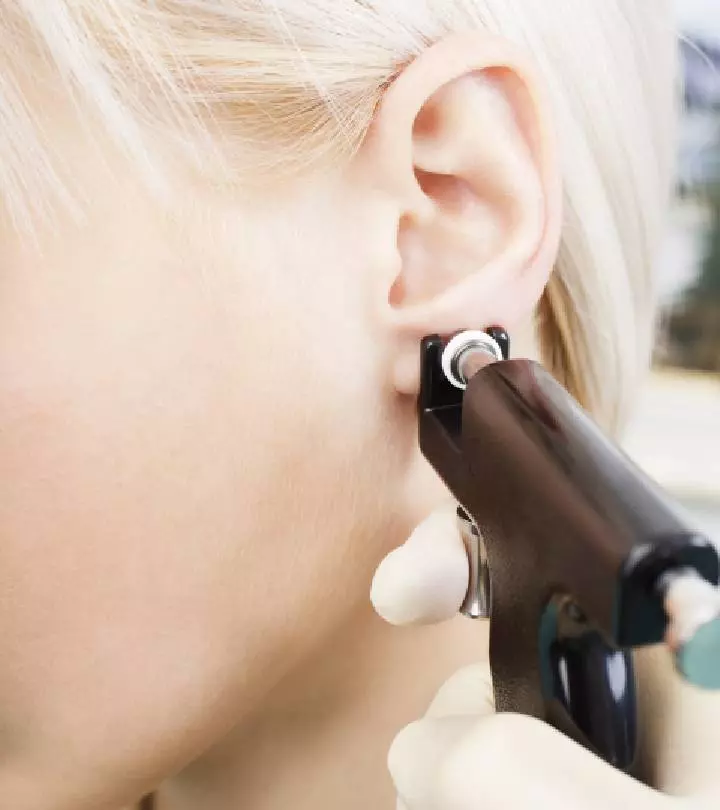
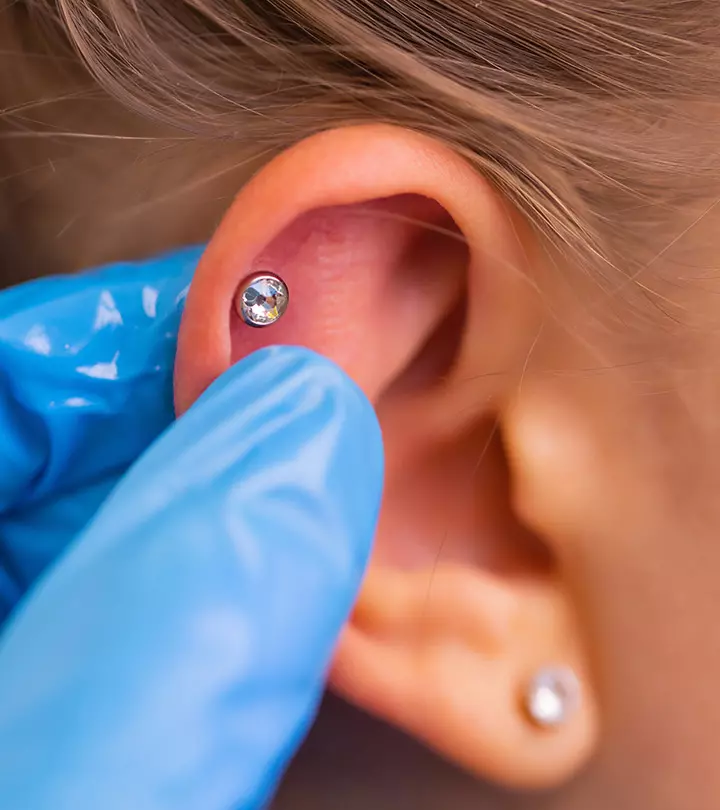

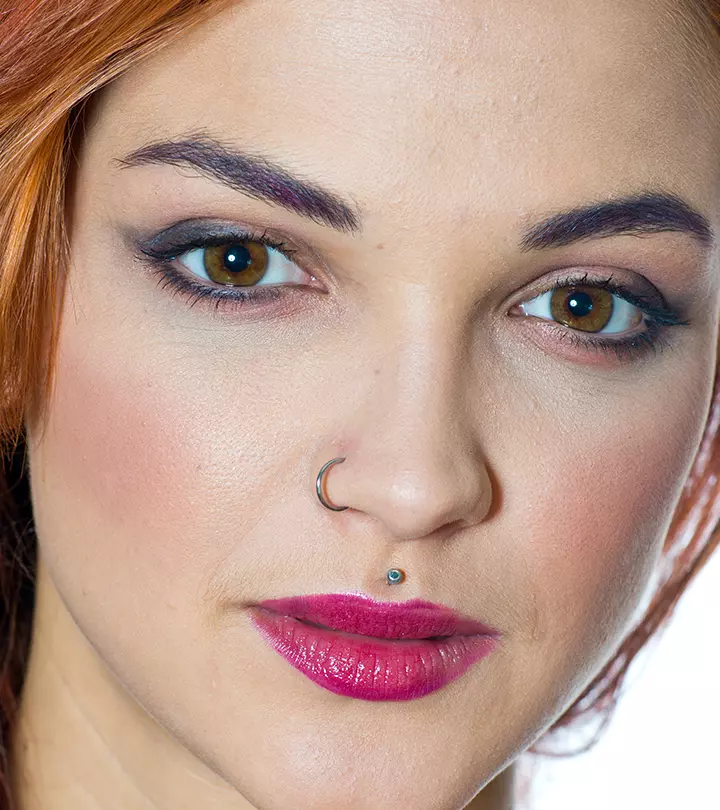


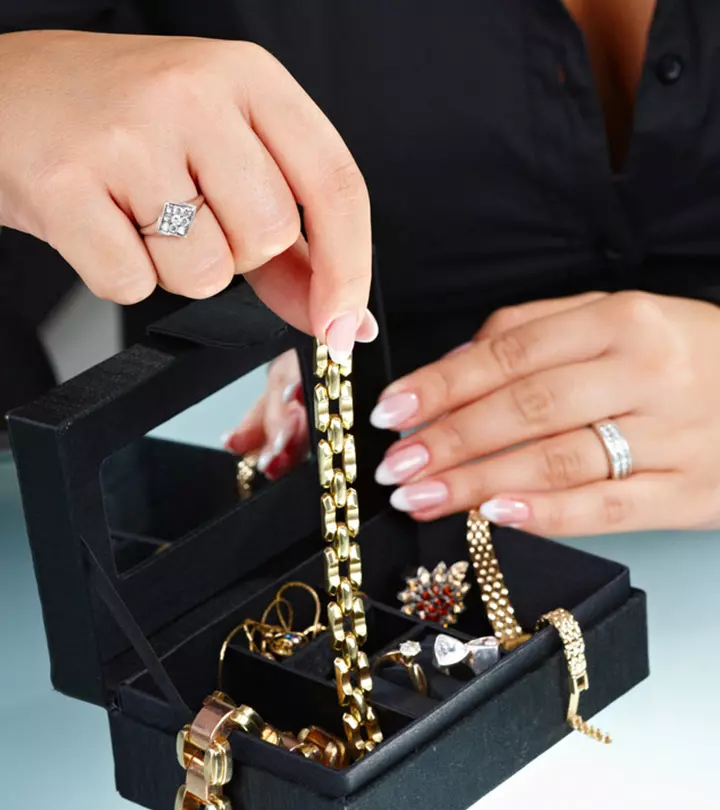
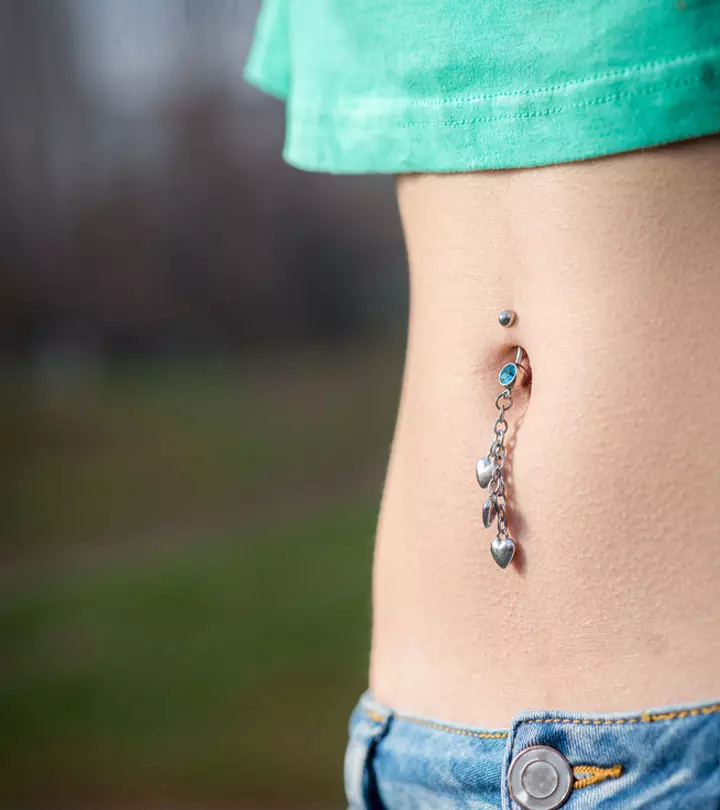

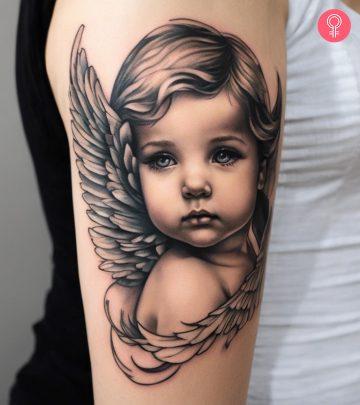
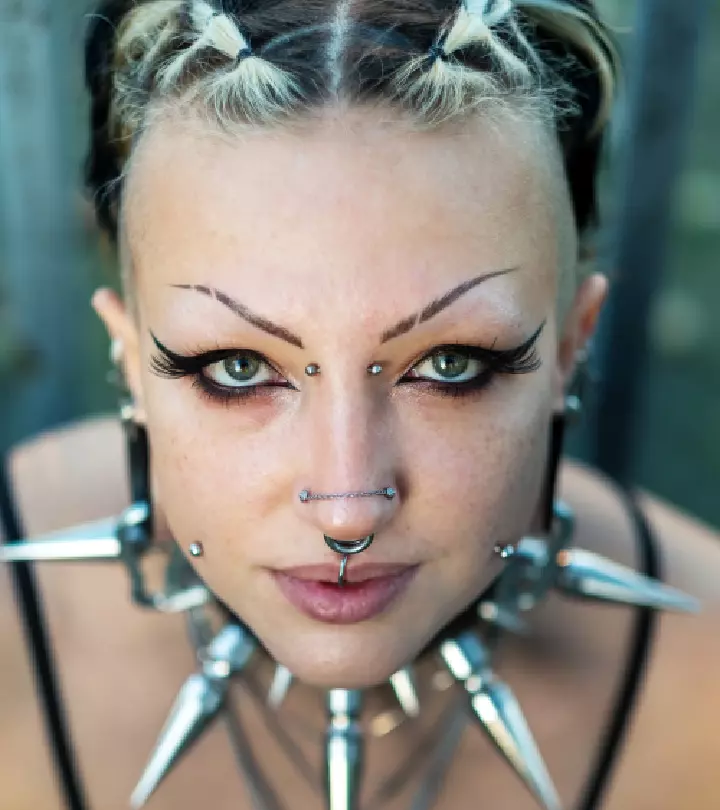
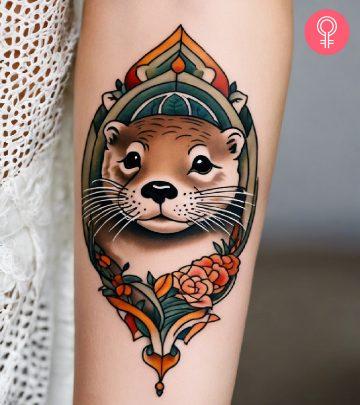
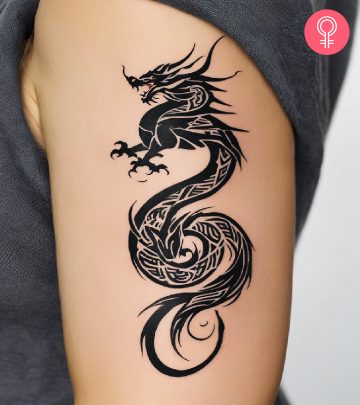
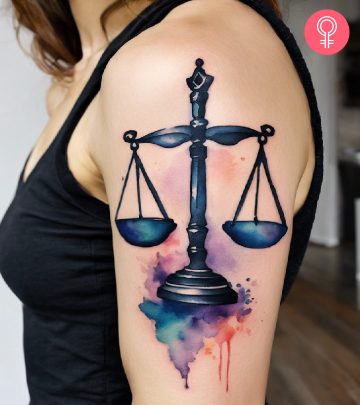
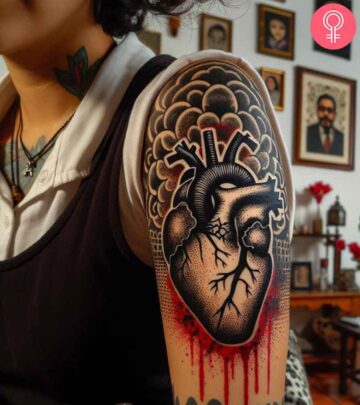





Community Experiences
Join the conversation and become a part of our empowering community! Share your stories, experiences, and insights to connect with other beauty, lifestyle, and health enthusiasts.